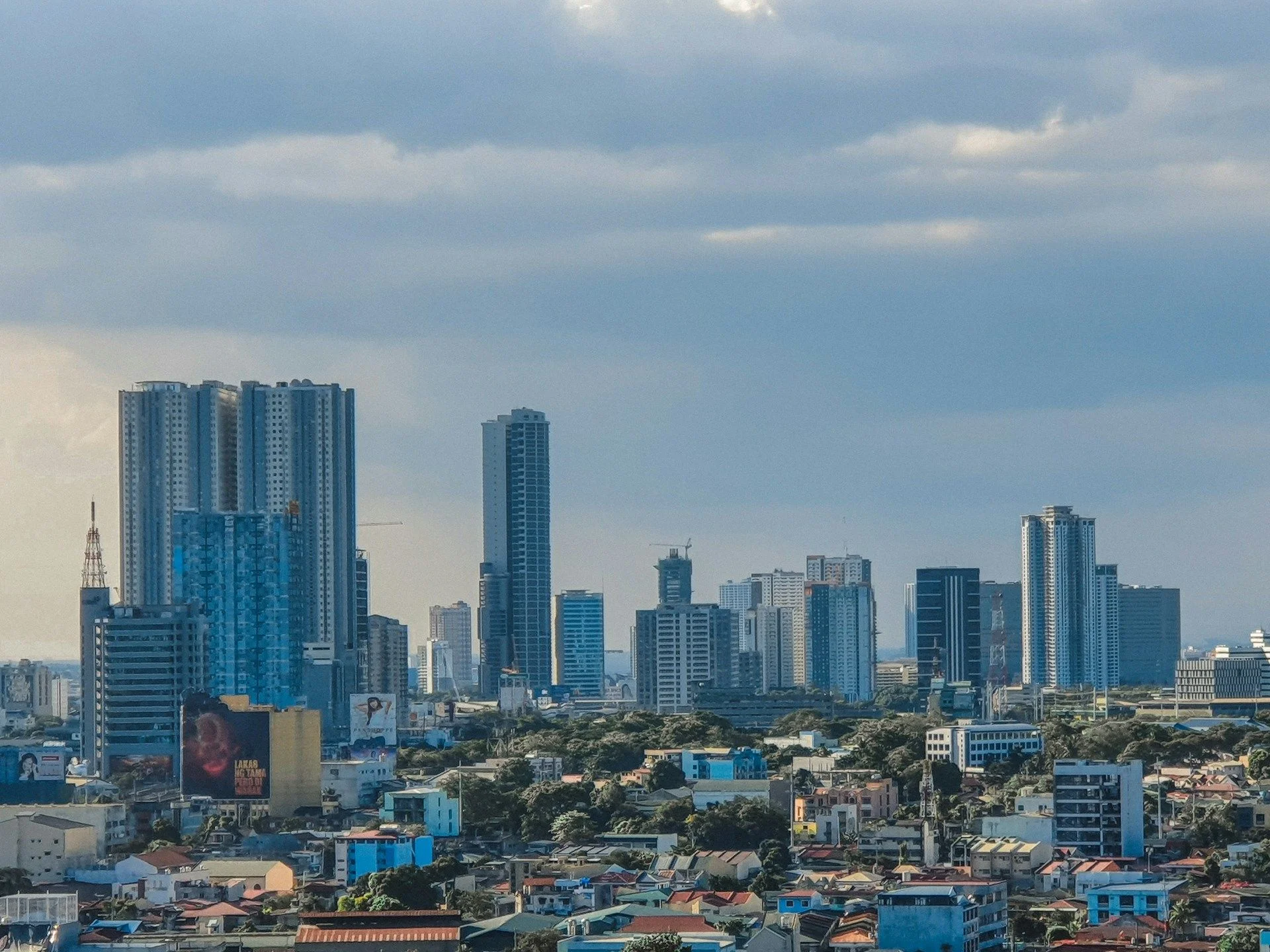Expert-Approved Secondary Properties in Quezon CityResidential zones with retailand transit links

Best offers
in Quezon City
Benefits of investment in
Philippines real estate
Affordable city real estate with strong rental use
Metro Manila offers condos in central business districts at entry-level prices with strong demand.
Growing middle class and remittance economy
Domestic tenants, overseas workers, and urban migration drive continuous housing needs.
Foreign ownership allowed in condominiums
Foreigners can own units in registered condo developments with full rights.
Affordable city real estate with strong rental use
Metro Manila offers condos in central business districts at entry-level prices with strong demand.
Growing middle class and remittance economy
Domestic tenants, overseas workers, and urban migration drive continuous housing needs.
Foreign ownership allowed in condominiums
Foreigners can own units in registered condo developments with full rights.

Useful articles
and recommendations from experts
Secondary Real Estate in Quezon City: Navigating a Booming Resale Landscape
Quezon City’s secondary real estate in Quezon City market has emerged as one of Metro Manila’s most dynamic segments, offering a diverse array of resale properties that cater to both end-users and investors. As the most populous city in the Philippines and a burgeoning commercial hub, QC presents pre-owned condominiums along EDSA and Katipunan Avenue, mid-century townhouse clusters in Cubao and Project 4, and single-detached homes in suburban enclaves like Novaliches and Congressional. Buyers seeking immediate occupancy benefit from established utilities, mature landscaping, and proven rental demand from university students at UP Diliman and Ateneo, multinational employees in BPO centers, and families drawn by local schools and hospitals. With rising land values feeding strong price appreciation and limited new-build inventories in prime areas, secondary real estate in Quezon City has become a strategic entry point for cross-border investors targeting both rental yields and capital gains in one of Southeast Asia’s fastest-growing urban districts.
Neighborhood Diversity and Inventory Characteristics
Quezon City’s resale market reflects its sprawling geography and varied development history. In the northern districts of Novaliches and Fairview, buyers find post-war single-family homes on deep lots, many originally built in the 1960s. These houses often feature concrete frames and modest layouts that invite modern extensions, second-floor additions, or conversion into dual-unit townhouses to maximize rental income. Mid-rise condominium towers along EDSA—particularly in Kamias, Cubao, and Project 4—offer secondary units with ready-made amenities such as swimming pools, gyms, and 24/7 security. While these buildings date from the early 2000s, resale apartments here are typically turnkey, requiring only cosmetic updates or smart-home integrations to meet the expectations of young professionals and expatriate tenants.
In central QC corridors—Timog, Tomas Morato, and San Juan Heights—historic terrace homes and adaptive-reuse lofts provide character-filled alternatives to cookie-cutter condos. Restored Art Deco and mid-century façades conceal modern interiors, where owners have installed underfloor heating, energy-efficient glazing, and bespoke kitchen cabinetry. These resale properties command premiums for their proximity to entertainment districts, restaurants, and nightlife, attracting both long-term tenants and short-stay visitors. Meanwhile, suburban enclaves such as UP Village and Teachers’ Village feature gated townhouse developments that originated in the 1970s. Investors here capitalize on established homeowner associations and tree-lined streets by upgrading communal areas—resurfacing driveways, installing LED street lighting, and enhancing playgrounds—to justify higher HOA dues and lift resale values. Across all neighborhoods, the secondary real estate in Quezon City inventory spans a broad spectrum of typologies, enabling buyers to tailor acquisitions to their yield targets and lifestyle preferences.
Connectivity, Demand Drivers, and Value-Add Opportunities
Robust transport infrastructure and major economic anchors underpin demand for resale homes in QC. The LRT Line 2 runs east-west along Katipunan and Gilmore, linking residential districts to business hubs in Pasig and Mandaluyong, while the MRT Line 3 on EDSA facilitates north-south commutes to Makati and Ortigas. Ongoing expansions—such as the MRT 7 project to San Jose del Monte and future subway lines—promise to deepen connectivity to northern QC and alleviate traffic constraints, driving further appreciation in resale properties near new stations. Major employment centers—Eastwood City, Vertis North, and the UP Technohub—sustain consistent rental streams, attracting BPO staff, tech professionals, and academic researchers who prefer secondary condos and townhouses within a 15-minute commute.
Secondary real estate in Quezon City also offers compelling value-add renovation potential. In older condominium towers, investors upgrade dated units by replacing tile flooring with engineered wood, installing slim-profile double glazing to reduce noise and heat gain, and refitting bathrooms with rain-shower heads and frameless glass enclosures. Single-family homes in Novaliches and Commonwealth benefit from rear-yard extensions and second-floor solariums that unlock additional rental units, while heritage terraces in Timog undergo façade restorations under local tax-incentive schemes that encourage preservation of period details. Townhouse clusters in Teachers’ Village and UP Village often see joint community investments in LED street lighting, Wi-Fi mesh networks, and upgraded perimeter security systems—enhancements that not only improve daily living but also support higher lease rates and smoother resale transactions. With these targeted improvements, secondary properties in QC continue to yield attractive returns in a market characterized by robust demand and limited greenfield supply.
VelesClub Int. provides end-to-end expertise for secondary real estate in Quezon City. We begin with a bespoke market analysis—leveraging proprietary data and on-ground networks—to identify both listed and off-market resale opportunities aligned with your objectives. Our legal team conducts thorough due diligence with the Quezon City Assessor’s Office and the Land Registration Authority to verify clean title transfers, assess property-tax implications, and ensure compliance with local zoning and heritage-preservation ordinances. For buyers seeking value-add potential, our in-house design and project management teams develop sympathetic renovation plans—from heritage façade restorations in Timog to energy-efficient retrofits in post-war homes—and oversee certified contractors through every phase, ensuring quality and timely delivery. Financing solutions are structured through partnerships with leading Philippine and international banks, offering competitive mortgage packages and construction-loan facilities. Post-acquisition, our property management division handles tenant sourcing, lease administration, maintenance coordination, and transparent performance reporting via a secure online portal—ensuring your Quezon City investment thrives as both a rewarding urban residence and a sustainable, long-term asset.
